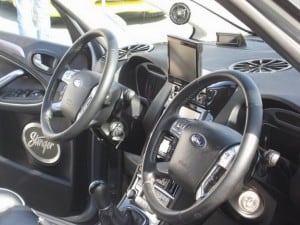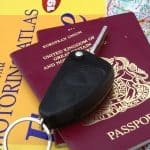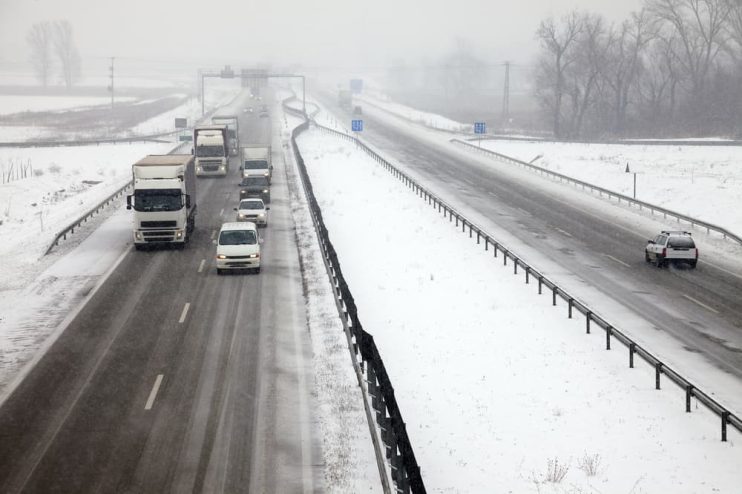
We all appreciate that to avoid head on collisions and general motoring mayhem we abide by some basic rules of the road. This includes keeping to one side of the road. Today approximately two thirds of the world’s countries drive on the right hand side of the road and a third, including the UK, drive on the left. Have you ever wondered why in the UK we drive on the left side of the road while the majority of other countries drive on the right?
Delving back into our history to when we commuted by horseback, B.C. (before cars), common sense inferred that we should hold the most favourable position on the road. This position was where the rider was able to hold the reins of the horse and use their sword in defence, when required.
As the majority of the population are right handed, people rode on the left freeing their right hand for the sword. History also tells us that in Ancient Greece and Roman soldiers marched on the left hand side of roads to similarly be able to quickly advocate a defensive position.
In the UK this unofficial rule of the road continued right though to the late 1700’s with everybody travelling on the left hand side. In 1773, due to the increase in horse traffic, the UK government introduced the General Highways Act including the keep left recommendation. This recommendation was then incorporated in to the official Highways Act of 1835. Similarly the British colonies including India, Australasia and much of Africa adopted this rule of the road and travel on the left hand side of the road. Although many African countries reverted to the right once they gained independence.
France was thought to have initiated the change to commute on the right hand side of the road for the European countries. One interesting theory was that Napoleon changed the rule of the road due to himself being left-handed. Alternatively, in 1790 as the French Revolution approached the French Aristocracy drove carriages through the streets at such great speed it force the peasants to instinctively move to the right for their own safety. Subsequent to the revolution the remaining Aristocracy joined the peasants on the right hand side. The keep right while travelling rule was officially recorded in France back in 1794. Post revolution, France’s empire swayed the rest of Europe to drive on the right too.
In the Americas the colonies originally followed the British example and travelled on the left hand side of the road. From 1792 gradually individual states changed to driving on the right hand side. At this time several horses where used to pull large freight wagons. The driver of the wagons would sit at the rear left of the wagon and hold his whip in his right hand to control the horses. To enable him to have a clear view of oncoming traffic it was easier to travel on the right hand side of the road and hence, the change in road positions.
As transportation evolved motorcars replaced horses, however, nevertheless the same highway principles applied. As with the horse driven carriages the drivers of the first motorcars sat in a central position. Once the fun and enjoyment of driving was realised the driver wanted their companions to join them in the front and thus the new conundrum of who should sit on which side? Both left and right positions were trialled. Eventually it was decided that the driver’s seat and steering wheel should be positioned closest to the centre of the road to enable the driver the longest view of the road and surrounding traffic. With different countries driving on different sides of the road motorcar manufactures produce cars with both left-hand and right-hand drive positions.
Consequently, with two thirds of the world driving on the right will we in the UK (and other keep left countries) ever change to join them? The answer is probably not. Personally I’m not sure I can imagine how we would implement such a change. Can you? Look what happened when we tried to go metric and change miles to kilometres. In saying that Samoa in 2009 did change from driving on the right to the left. Luckily for us I’m sure car manufactures will continue producing both left and right hand drive cars to the market for the foreseeable future!













.png)